‘They said I was crazy and sent me home’: Inside the gender pain gap
Why are women being dismissed?
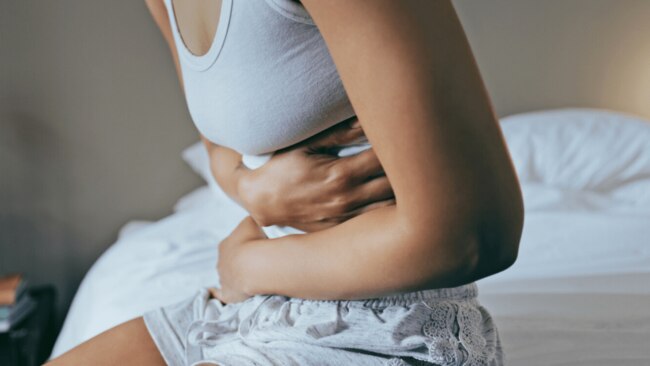
Endometriosis
Don't miss out on the headlines from Endometriosis. Followed categories will be added to My News.
With one in two women feeling their suffering has been dismissed, a movement is underway to revolutionise attitudes and help bridge a heartbreaking health divide. And it couldn’t come soon enough.
When Amie Rule went to see a new physiotherapist about her long-term back pain, she was almost at breaking point. Desperate for relief, she’d already tried various practitioners and approaches and was even contemplating surgery. “I was telling the physio that I thought my back was about to go,” remembers Rule, now 43.
She was met with a suggestion women in particular often fear they’ll face – that perhaps it’s all in their head. “She told me, ‘I think it’s stress-related. Have you tried relaxing? I think you need to relax,’” she says. “As if that was going to fix it all. I just felt so defeated.”
The next day, her back ‘went’ and she spent a month unable to go to work. Around three years later, Rule was diagnosed with fibromyalgia – a complex and incurable chronic condition that causes widespread musculoskeletal pain, stiffness, fatigue and other symptoms.
Sadly, Rule’s story of feeling unheard is far from unique. During a 2023 Meet the Press interview, Legally Blonde actor, Selma Blair, 51, called out the “gender bias” in medicine and spoke about doctors dismissing her pain (one even suggested getting a boyfriend might help – yes, really) before she was eventually diagnosed with multiple sclerosis (MS).

Meanwhile, when Bindi Irwin, 25, shared she had endometriosis in an Instagram post last year, she revealed a doctor said her pain was “simply something you deal with as a woman”. The wildlife conservationist added, “I’m sharing my story for anyone who reads this and is quietly dealing with pain and [has] no answers. Let this be your validation that your pain is real and you deserve help.”
Welcome to the gender pain gap – a phenomenon in which pain in women is less understood and more mistreated than in men, thanks to systemic gaps and biases in healthcare and wider society. According to experts, women are disproportionately affected by pain, yet they’re less likely than men to get the help they need.
Take this stat as an example: endometriosis impacts one in seven women of reproductive age and can infamously take around seven years on average to be diagnosed, in part because severe period pain is normalised as something natural to be put up with. Then there’s the fact that around half of chronic pain conditions are more common in women than men, from lower back pain and osteoarthritis to fibromyalgia, migraine and irritable bowel syndrome.
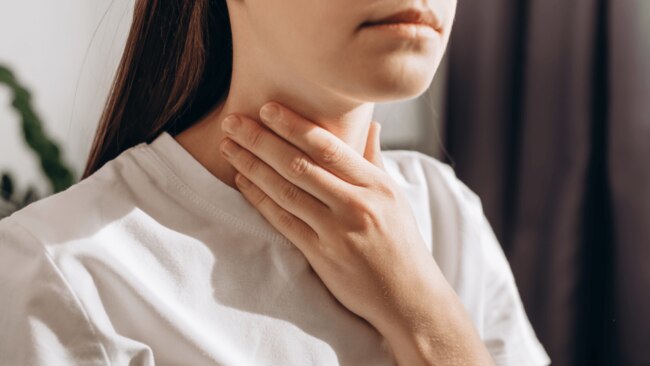
But, despite having more skin in the game, one in two females have felt that their pain has been ignored or dismissed. Almost a quarter believe healthcare professionals take men’s pain more seriously – which can then fuel anxiety about asking for help – and more women than men have waited 12 months or longer for a diagnosis for their pain, so live in daily uncertainty as well as discomfort.
These figures have emerged from a new paper, the Nurofen Gender Pain Gap Index Report, that illuminates the stark reality of this problem on our shores. The survey of 2,040 Australians also revealed 44 per cent of women think they haven’t yet received a diagnosis, or that it’s taking longer because of their gender. In short, your brother, partner or that bloke on the bus may have a smoother pain journey than you, simply because they’re men.
Ready for less-agonising news? This issue is now in the spotlight more than ever before, with women, experts and leading bodies all issuing a rallying cry for change this year, starting with an Australian-first Inquiry into Women’s Pain by the Victorian Government. So, what’s at the heart of this health inequity and – most importantly – what can we all do to feel more empowered, better support women in pain and ditch the divide for good?
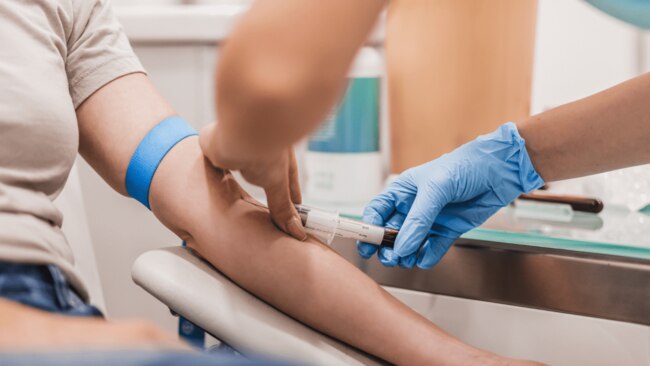
The history of the gender pain gap
To start getting to grips with the gap, it pays to understand what’s driving it in the first place. One culprit that’s sadly not confined to the history books is the centuries-old stereotype of women as overly sensitive, dramatic or emotional. Indeed, a 2018 review of studies on gender bias in pain treatment – published in the journal Pain Research & Management – found women can be perceived as ‘hysterical’, ‘overreacting’, ‘complaining’, ‘malingerers’ and even fabricating the pain, compared to men who are perceived as more ‘stoic’.
Rule knows what it’s like to be thought of as ‘making a fuss’. “When I was diagnosed with fibromyalgia, I was told that I would need to take anti-inflammatories, nerve blockers and antidepressants,” she says. “I was breastfeeding my six-month-old at the time and said, ‘I didn’t want to take these meds,’ but I was very quickly dismissed, told it was the only option, and that was it. There was absolutely no empathy or consideration for my decision.”
The Nurofen Gender Pain Gap Index Report found that, of those surveyed who believe a gender pain gap exists, 49 per cent think women aren’t always taken as seriously because they’re seen as ‘emotional’ and 36 per cent think their pain is perceived to be psychological. Women have also traditionally been underrepresented in scientific research (mind-blowing fact: 80 per cent of pain studies are conducted on men or male mice) and this creates damaging ripple effects way beyond the lab.
Case in point: chest pain is misdiagnosed in women more frequently – and the likelihood of a heart attack often underestimated – according to a 2021 paper presented by the European Society of Cardiology, with the authors citing a lack of research on women as a driver of the gap. Experts say this leads to massive holes in data, which then flows on to not finding appropriate treatments for women.
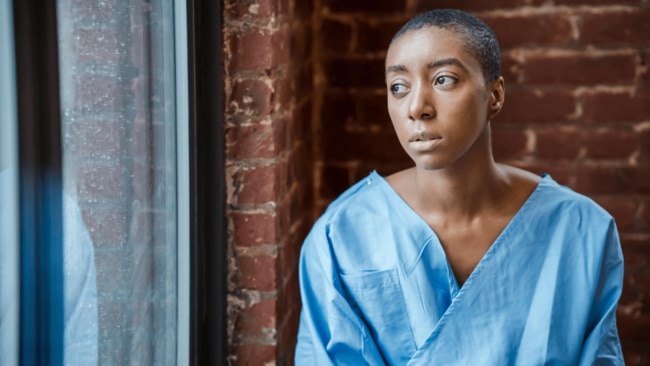
The mental health impact
Phoebe Cruckshank speaks with Body+Soul while holding an ice pack to her lower abdomen. Having experienced painful periods since her teens – and been officially diagnosed with stage two endometriosis in 2022 – the 33-year-old is used to arranging her life around the agony and bloating (dubbed ‘endo belly’) that can leave her struggling to function.
“Last month, I had to take time off work; I just couldn’t move,” she says. “I have to plan things around my cycle – I’ve got my hens coming up and I’m [worried] I’m going to have my period. I’m thinking, ‘Am I going to have it at my wedding?’ The last thing I want is to be dealing with pain then. It impacts every area of my life and the mental load is exhausting.” Constant bloating takes a toll on her self-confidence and body image, she shares, and she rarely feels comfortable in her clothes. Plus, as somebody who loves to exercise for her mental health, navigating workouts around pain or fatigue can be a minefield.
While Cruckshank is thankful to have encountered supportive healthcare professionals, she would love to see more holistic and personalised options for managing pain. Both she and Rule note the financial burden – from tests and procedures to specialist appointments – can be astronomical, too. (Incidentally, the cost of chronic pain in Australia in 2018 was estimated to be $73.2 billion, according to a Painaustralia report.)
Rule identifies with the mental toll, particularly in the early days. “I lived a portion of my life with a mask on, pretending to be fine in order to fit into society and not be judged, criticised, questioned or even discriminated against in the workplace, for example,” she recalls. “I was never able to be my true self for fear people would assume that I was a hypochondriac, being dramatic or just lazy, and so I isolated myself from those around me.”
For those who experience pain, 39 per cent of women say it impacts their social life (compared with 27 per cent of men), reveals the Nurofen Gender Pain Gap Index Report, while 29 per cent say it affects their relationships and/or family life (versus 22 per cent). Nearly a third of women find it stops them from working and 56 per cent share it has a negative impact on their mental wellbeing. What’s more, feeling unheard and like their pain isn’t recognised – or even just pre-empting that may happen – can steer women away from seeking support.

Closing the gender pain gap
The mission to tackle the gender pain gap is gathering momentum and there’s been some promising progress so far. Last year saw the Australian government deliver 20 pelvic pain and endometriosis clinics nationwide, while the Pelvic Pain Foundation runs free PPEP (Periods, Pain and Endometriosis Program) Talks in schools to educate students about menstrual pain and more. There are even some workplaces offering increased support for employees with chronic pain, such as more flexible hours and leave.
The tide is turning on the science side, too. As of 2022, for example, leading US journal, Nature, asks submitting researchers to share how sex and gender were factored into study design. There’s also an ongoing effort to examine and change research funding requirements in Australia to encourage more balance.
Driven by her experience, Rule now works as a chronic pain coach to support other women and is writing a book –Breaking Through the Rules of Pain – to be released later this year. Most importantly, she encourages women to be their own health champions. “Listen to and trust your body; continue to speak out and to mandate being heard,” she says. Reflect on what you value in a practitioner, she tips, to find one you’re aligned with. “For me, it’s someone kind and compassionate who can provide guidance, but also gives me options and allows me to be heard. My current doctor is all of that.”
When it comes to communicating with healthcare professionals, experts recommend keeping a pain diary for a concrete record of what you’re going through and how it’s impacting your life. Remember it’s your right to ask questions and, above all, don’t be afraid to seek a second opinion or speak to the practice manager if you feel dismissed or unsupported. Experts say it’s an unfortunate truth that women have to be their own best advocate until the gender pain gap is solved.
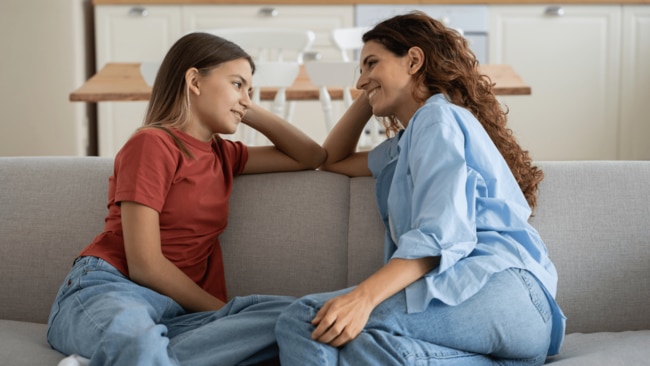
Relief on the horizon
While such a deeply ingrained disparity won’t be fixed overnight, there is hope for a brighter future where women and men suffering from persistent pain can seek equal advice and treatment. It’s a future where everyone’s experience is heard, validated and treated as uniquely as they are.
Raising awareness of the issue is one of the most powerful paths to making this a reality, and that means conversation at every level – from the upper echelons of medicine, science and politics to doctors’ offices, dinner tables, workplaces, health clubs and everywhere in between.
Cruckshank says, “I’d love to live in a world where women, in particular, don’t feel ashamed to express pain; where everyone can take the rest they need – when they need – and not feel guilty or like they just have to push through.” Now, that would be a pain-changer.
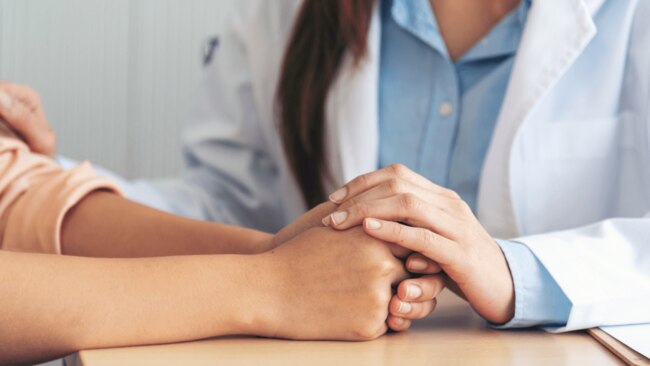
5 ways to advocate for your own health and be your own champion
Not feeling heard? Use these strategies to advocate for yourself at your next doctor’s appointment.
#1. Keep a detailed pain diary
A pain diary can help you communicate what you’ve been experiencing to a healthcare provider. Include as much information as possible, from intensity and where it hurts to how it feels – think stinging, burning, shooting, aching and so on.
#2. Make it personal
Share examples with your doctor of how the pain is impacting your quality of life. Is it stopping you from sleeping or working? Are you struggling to carry your toddler or get through a favourite workout?
#3. Press for answers
Write questions in advance and remember it’s your right to ask them. If something isn’t clear or you’re not satisfied, dig deeper by saying: “I don’t quite understand. Can you please explain it to me in a different way?”; “You’ve said not to worry about the pain – why are you saying that?”; “What have you considered/discarded as a reason for this pain?”
#4. Bring a mate
Don’t be afraid to take a trusted support person into your appointment. It can increase your feelings of empowerment. On the flip side, if your partner/friend/relative doesn’t realise how much your pain is impacting you, hearing from your doctor directly may boost their understanding.
#5. Find your squad
Managing pain can take a team approach, with your GP as a good starting point. You might also want to add an occupational therapist, psychologist, dietitian or podiatrist to your crew. Word of mouth is also really useful for finding health professionals that you can gel with.
More Coverage
Originally published as ‘They said I was crazy and sent me home’: Inside the gender pain gap




